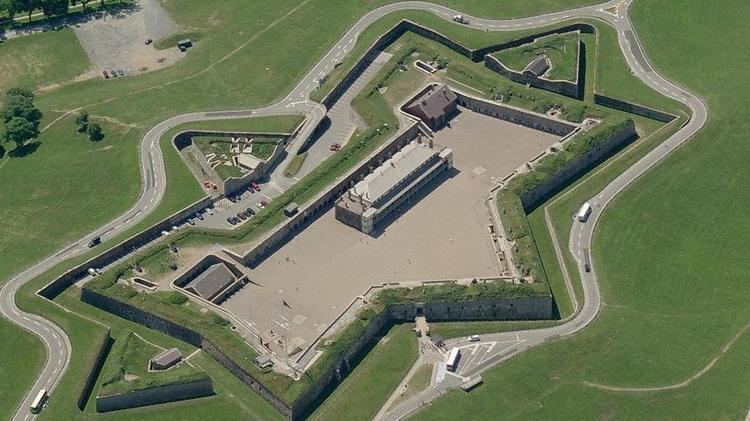Active 1869–Present Role Light Role | Country Canada Type Line Infantry Size Battalion | |
 | ||
The West Nova Scotia Regiment is a line infantry regiment of the Canadian Army, part of the Primary Reserve, and is part of the 5th Canadian Division's 36 Canadian Brigade Group. The regiment recruits volunteers from the South-Western part of the province of Nova Scotia and has its headquarters at LFAATC Aldershot, near the community of Aldershot, Nova Scotia.
Contents
The West Nova Scotia Regiment
72nd or Second Annapolis Battalion of Volunteer Militia
The Lunenburg Regiment
War Of 1812
The Great War
The Great War
Details of the 69th Annapolis Regiment and 75th Lunenburg Regiment were placed called out on active service on 6 August 1914 for local protection duties.
The 112th Battalion (Nova Scotia), CEF was authorized on 22 December 1915 and embarked for Great Britain on 23 July 1916. There it provided reinforcements for the Canadian Corps in the field until 7 January 1917, when its personnel were absorbed by the 26th Reserve Battalion, CEF. The battalion was subsequently disbanded on 15 August 1918.
The 219th Highland Battalion (Nova Scotia), CEF was authorized on 15 July 1916 and embarked for Great Britain on 12 October 1916. There i provided reinforcements for the Canadian Corps in the field until 23 January 1917, when its personnel were absorbed by the 17th Reserve Battalion, CEF. The battalion was subsequently disbanded on 15 September 1917.
The Second World War
The regiment mobilized as The West Nova Scotia Regiment, CASF for active service on 1 September 1939. The unit then embarked for Great Britain on 21 December 1939. It was redesignated as the 1st Battalion, The West Nova Scotia Regiment, CASF on 7 November 1940. It landed in Sicily on 10 July 1943, and in Italy on 3 September 1943, as part of the 3rd Infantry Brigade, 1st Canadian Infantry Division. On 19 March 1945, the battalion moved with the 1st Canadian Corps to North West Europe, where it fought until the end of the war. The overseas battalion was disbanded on 15 October 1945.
On 1 June 1945, a second Active Force component of the regiment was mobilized for service in the Pacific theatre of operations designated as the 3rd Canadian Infantry Battalion (The West Nova Scotia Regiment), CASF. Following VJ-Day the battalion was disbanded on 1 November 1945.
Post war
Individual members of the West Nova Scotia Regiment with Canadian Contingents on United Nations and NATO peacekeeping missions in countries such as the former Yugoslavia, Cyprus and the Middle East.
War In Afghanistan
The regiment contributed an aggregate of more than 20% of its authorized strength to the various Task Forces which served in Afghanistan between 2002 and 2014.
Battle Honours
In the list below, battle honours in capitals were awarded for participation in large operations and campaigns, while those in lowercase indicate honours granted for more specific battles. Those battle honours followed by a "+" are emblazoned on the regimental colour.
